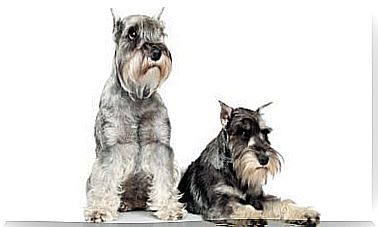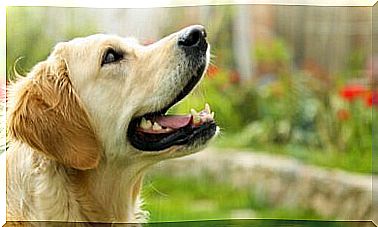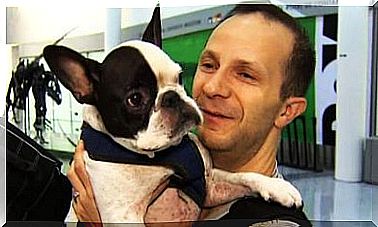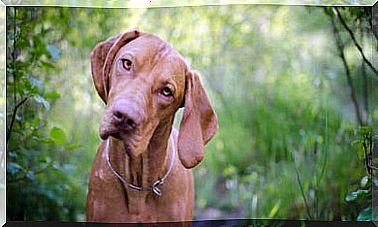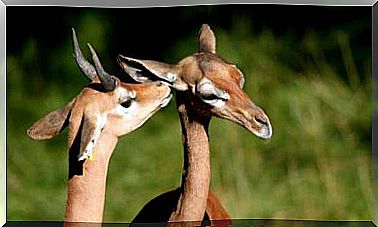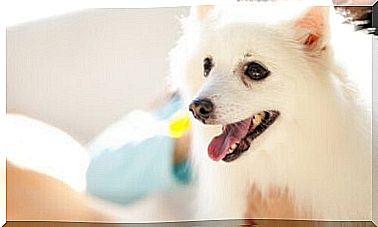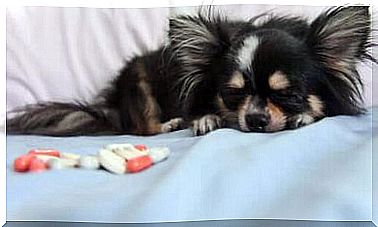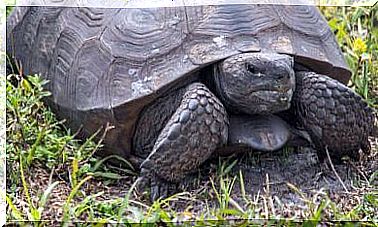The Dry Nose In The Dog: When Should You Start Worrying?
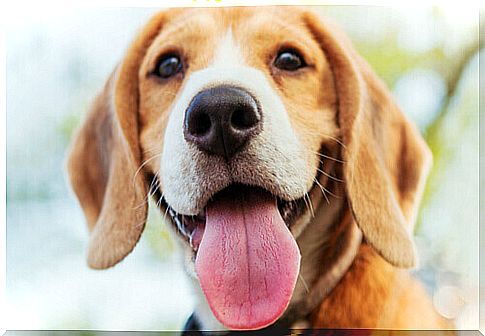
A dry nose in the dog should not be a cause for concern in most cases. However, if this is associated with other signs, it may be indicating pathologies with different levels of severity, a more or less urgent consultation with the veterinarian is the most recommended.
Dry and wet noses
Although dogs’ noses are famous for their moisture, it is normal for them to dry out at certain times of the day and in certain situations. This can occur when dogs:
- Are exposed to wind or cold;
- They sunbathe for a long time;
- They remain in heated and poorly ventilated places.
In these cases, just keep your dog’s nose hydrated with some specific cream indicated by the veterinarian and try to make your pet drink enough water to prevent it from dehydrating.
Dry Nose in Dog: Warning Signs
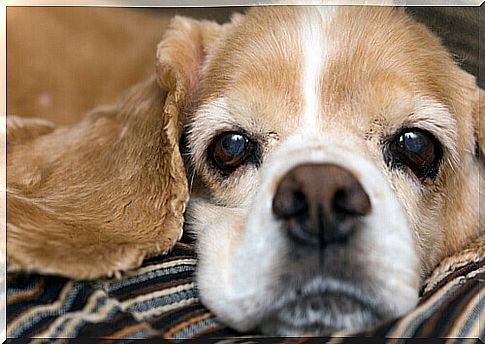
There are times when a dry nose is accompanied by more worrying signs that can lead to acute and serious illnesses.
If your dog has diarrhea or vomiting, the reason for his dry nose is dehydration. In this case, an appointment with the veterinarian should be urgent, as he may be developing life-threatening diseases such as Parvovirus or Distemper.
For this reason, it is of utmost importance that you comply with your pet’s vaccination schedule in a timely manner.
Also, distemper can be manifested in different ways. One of them is the cutaneous one. In this case, the animal has dermatitis, with thickening of the skin on the nose and the pads of the paws.
Dermatological diseases that cause dry nose in dogs
Among the skin pathologies, there are many that can cause a dry nose in the dog , accompanied by cracks and even wounds. For example:
Discoid lupus erythematosus (DLE)
It is a chronic autoimmune skin disorder, relatively benign and that does not cause systemic involvement. The first clinical signs are concentrated in the nose and are:
- Depigmentation;
- Erythema (the skin becomes red due to the increase in blood contained in the capillaries);
- Peeling;
- Loss of normal architecture.
the pemphigus foliaceus
It is the most common autoimmune disease in dogs and cats. It causes pustular lesions, crusts and ulcers, around the eyes, on the tip of the nose, ears, soles of the feet and in the groin area.
Treatment is for life, with immunosuppressive drugs.
Dry nose and opportunistic diseases
A weakened immune system tends to favor the appearance of opportunistic diseases that may have the epicenter of your dog’s nose.
This is the case of Aspergillosis, a mycotic infection caused by a species of fungus very common throughout the environment.
There are two types of infections caused by this fungus: nasal and widespread.
nasal aspergillosis

The infection is located in the nose, nasal passages and frontal sinuses.
The animal will also present:
- Sneezing;
- Nasal pain;
- Bleeding from the nose;
- Loss of appetite;
- Visibly swollen nose;
- Mucosity that may contain pus and blood;
- Depigmentation.
Keep in mind that, in the face of opportunistic diseases, in addition to punctual treatment, it is important to reinforce your dog’s defenses with an adequate diet and some vitamin supplement that should be indicated by the veterinarian.
Other causes including dry nose as a sign
Pay close attention to the following data:
- A dry, flaky nose can be caused by excessive exposure to the sun, as we’ve already mentioned. But sometimes sunburn occurs, especially if the animal has a pale or pink nose.
In this case, the dog could develop skin cancer, so it is always recommended that you protect it from solar radiation.
- If, to the dry nose, there is nasal secretion, coughing, sneezing and difficulty breathing normally, it is certain that the animal is going through some respiratory problem.
- Allergies can also make your pet’s nose dry. For example, certain ingredients found in rations, such as wheat, or chemicals used in plastic bowls.
In these cases, it is important to change the diet and switch from plastic to stainless steel feeders and drinkers.
In addition to obvious signs that call for an urgent visit to the veterinarian, always consult the professional to resolve any doubts that your dog’s nose is causing you, as well as any other symptoms that could endanger the life of your four-legged friend. .

